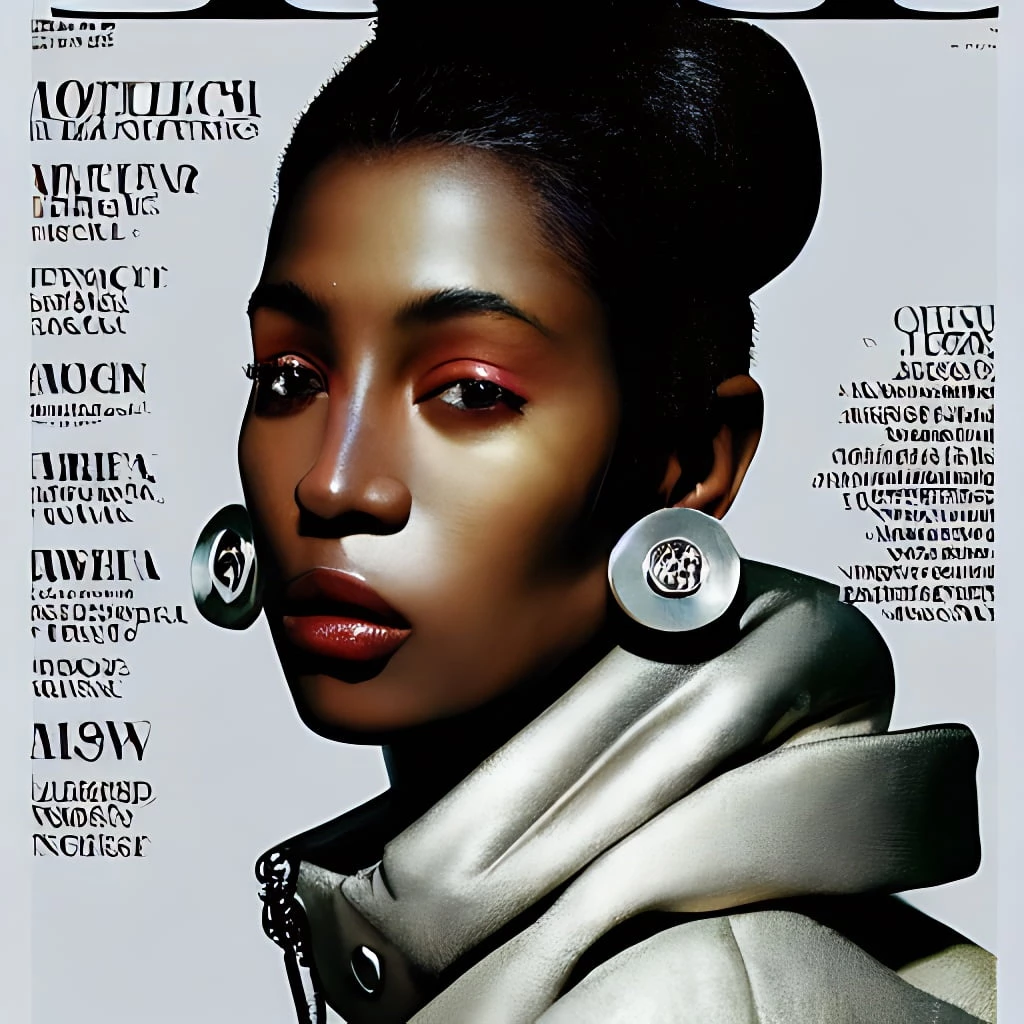
- Date
- 11 NOVEMBER 2022
- Author
- GLORIA MARIA CAPPELLETTI
- Image by
- CO-CREATED BY DONALD GJOKA AND STABLE DIFFUSION AI MODEL
- Categories
- Beauty
Do Androids Dream of Electric Fashion?
From conception to fabrication, iteration to shipping, and deeply impacting the very style, robots and AI are impacting and transforming the fashion industry. As in any other industry, automation and robotics are coming to fashion production. By adopting manufacturing systems that lean more heavily on machines and less heavily on humans, the fashion brands of the future will accelerate their production speeds and reduce concerns about the working conditions at their facilities. Designers and brands who embrace the latest technologies to push the boundaries of design, production, and production will be able to take the lead in a rapidly changing fashion landscape.
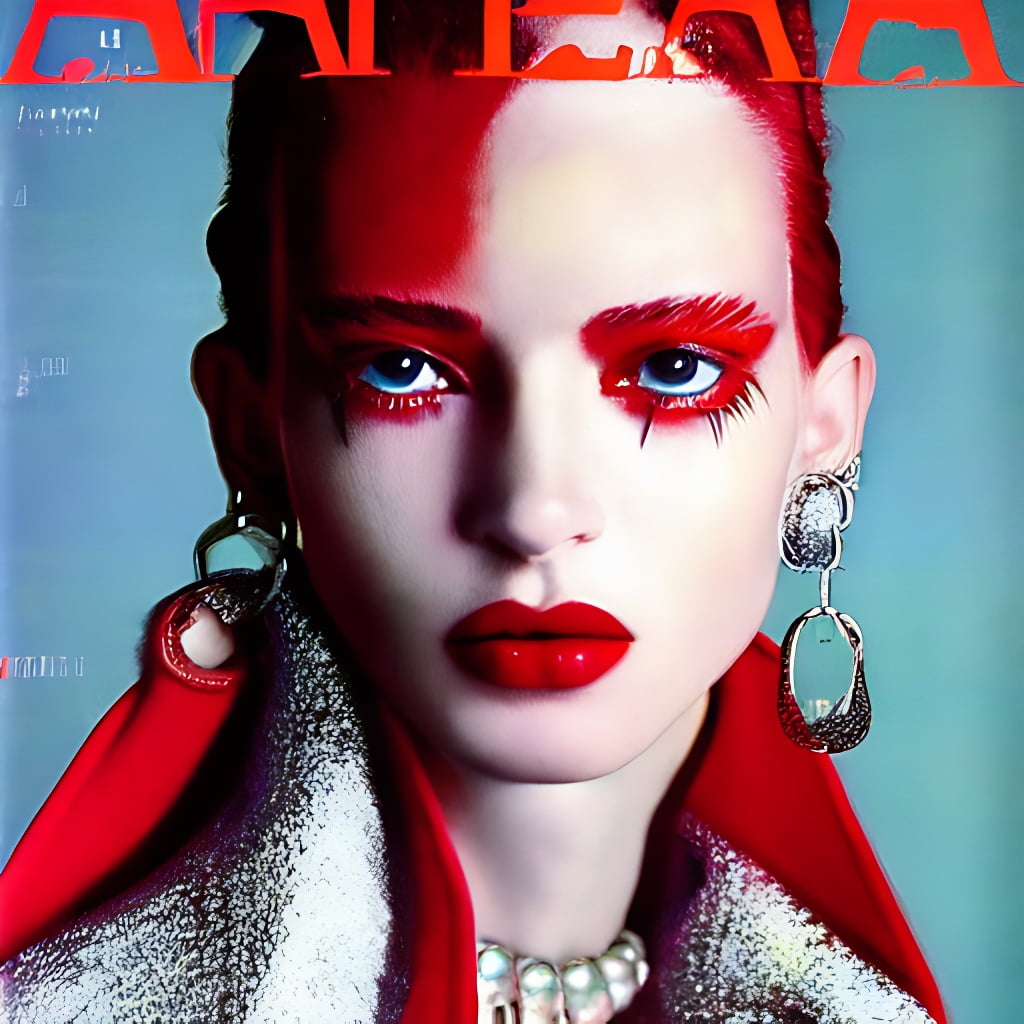
Below, we outline how technology is taking over from fashion designers, while styles are becoming more personal and affected by digital signals. From robots sewing and cutting fabrics, to virtual reality mirrors in dressing rooms, to AI algorithms that forecast fashion trends, create visuals and moving images, tech is automating, personalizing, and accelerating all aspects of fashion. Cutting-edge technologies such as blockchain and VR have multiple applications within the fashion industry, enabling methods of manufacturing and distribution to develop just as rapidly as changing tastes and fashion trends.
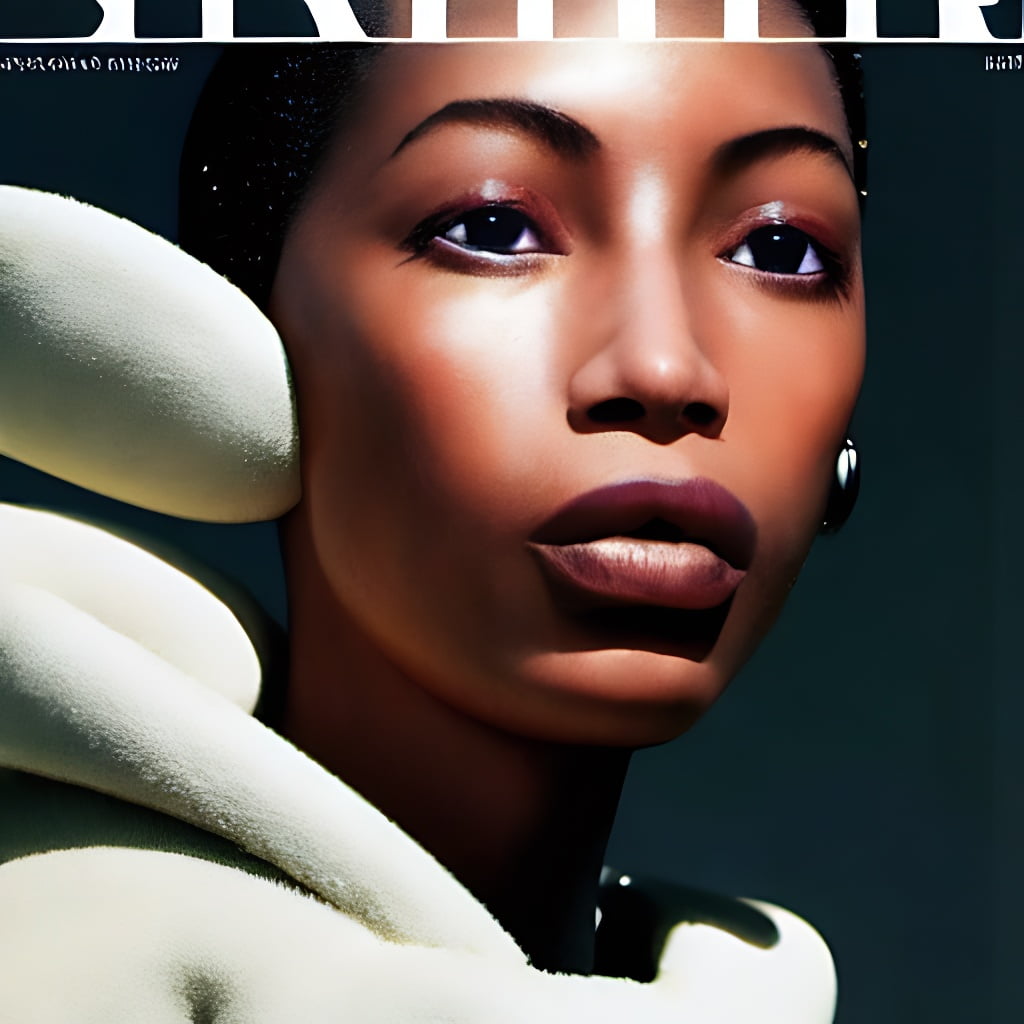
Despite signs that fashion is embracing the robotics future, the apparel industry has been struggling to optimize for new technologies. With the demand for fast fashion showing no signs of slowing down--global apparel production is expected to hit $1.65 trillion in sales --the fashion industry has been racing to adopt the new technologies that could save lives and soothe our consciences. Fashion brands are changing their approach to designing and developing products, anticipating what customers want to wear next.
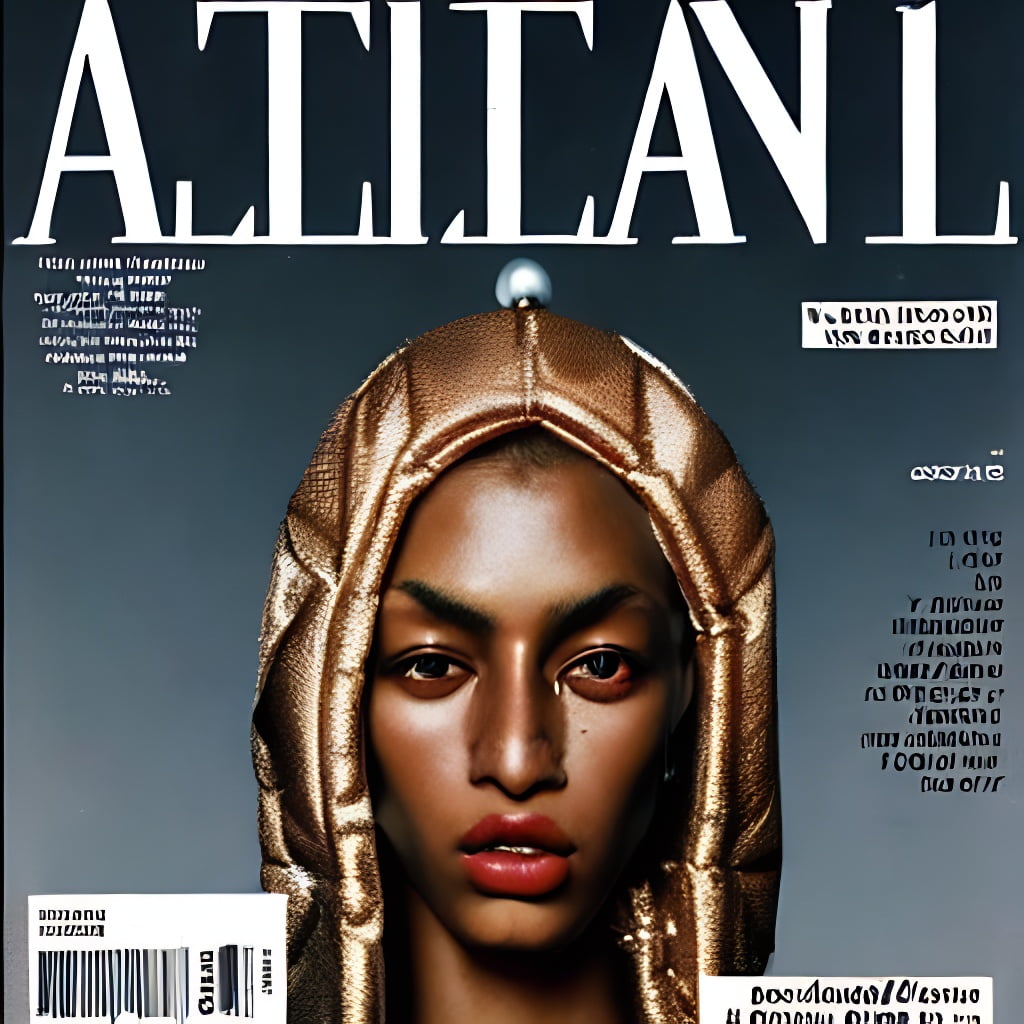
Soon, robots and computers will be designing clothing for the fashion industry, anticipating trends, acting as stylists, and serving as personal escorts. Humans will be replaced by robots for some jobs, and supplemented by them for many others. You are probably more likely to work with a robot in the not-too-distant future than to be replaced by one.
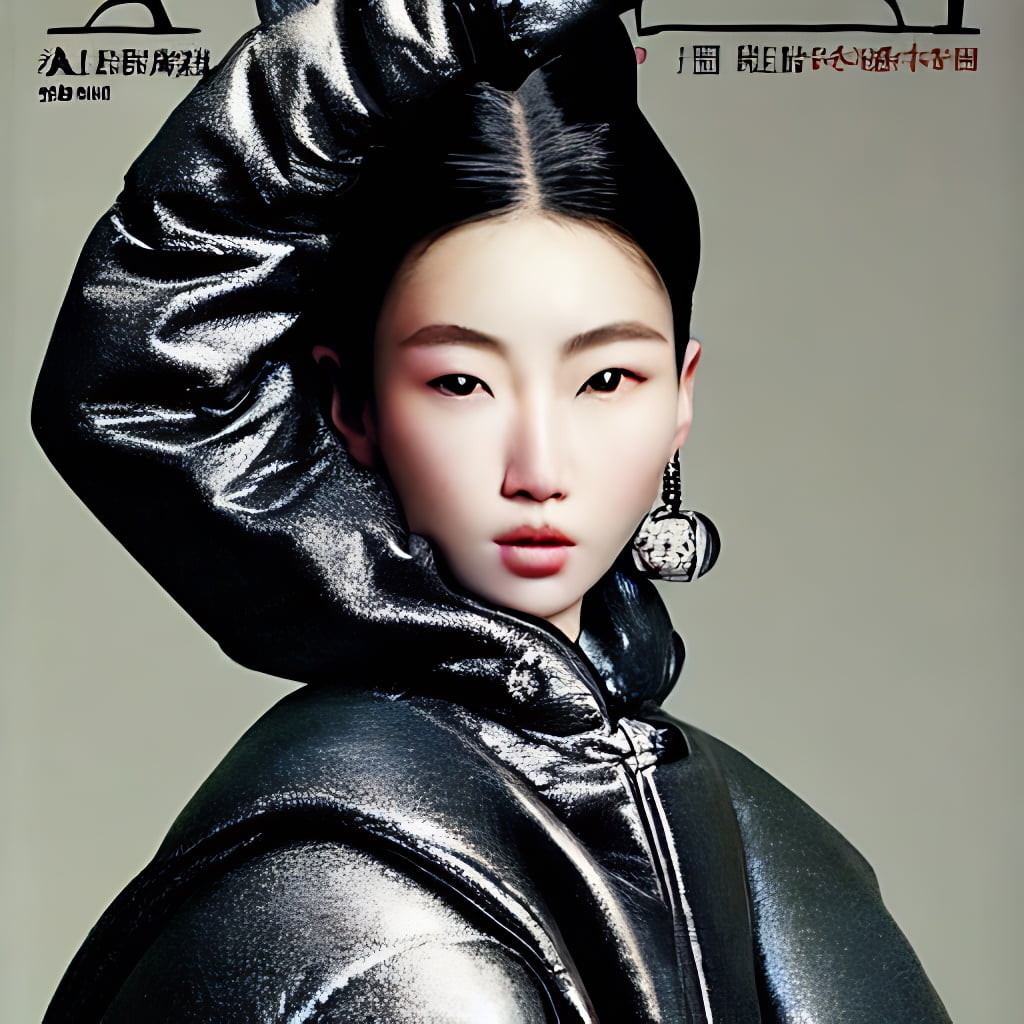
You might be worried about the robot taking away your job, and we understand. Generally, if the robot could do that, either it does not have the capacity, or it is too slow, or it is too costly. The big attraction to robots is mainly that they make managements jobs much easier. For that, when using robot tasks, we usually have to pair them up with a manual process.
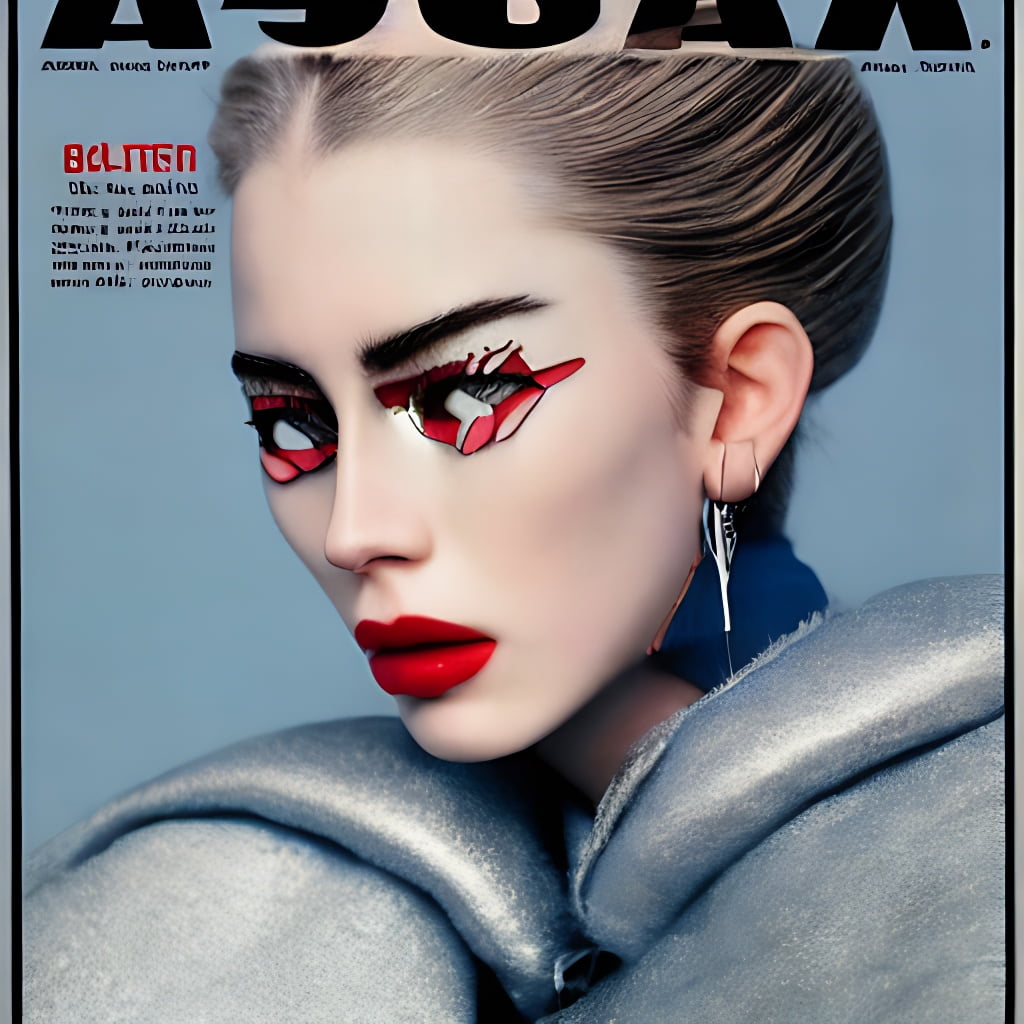
You might not realize that the robots are around you, or that they are being integrated smoothly, essentially, in every aspect of the fashion industry. Sharkey recalled how mass-production of robots and AI technologies has increased dramatically, and that they are performing tasks far faster than humans, and they are amassing an untold amount of data from the Internet and social media. There is little to no information about how robots will impact society and the social code. Robots of tomorrow will be much less stupid thanks to advances in AI - especially machine learning and deep learning.
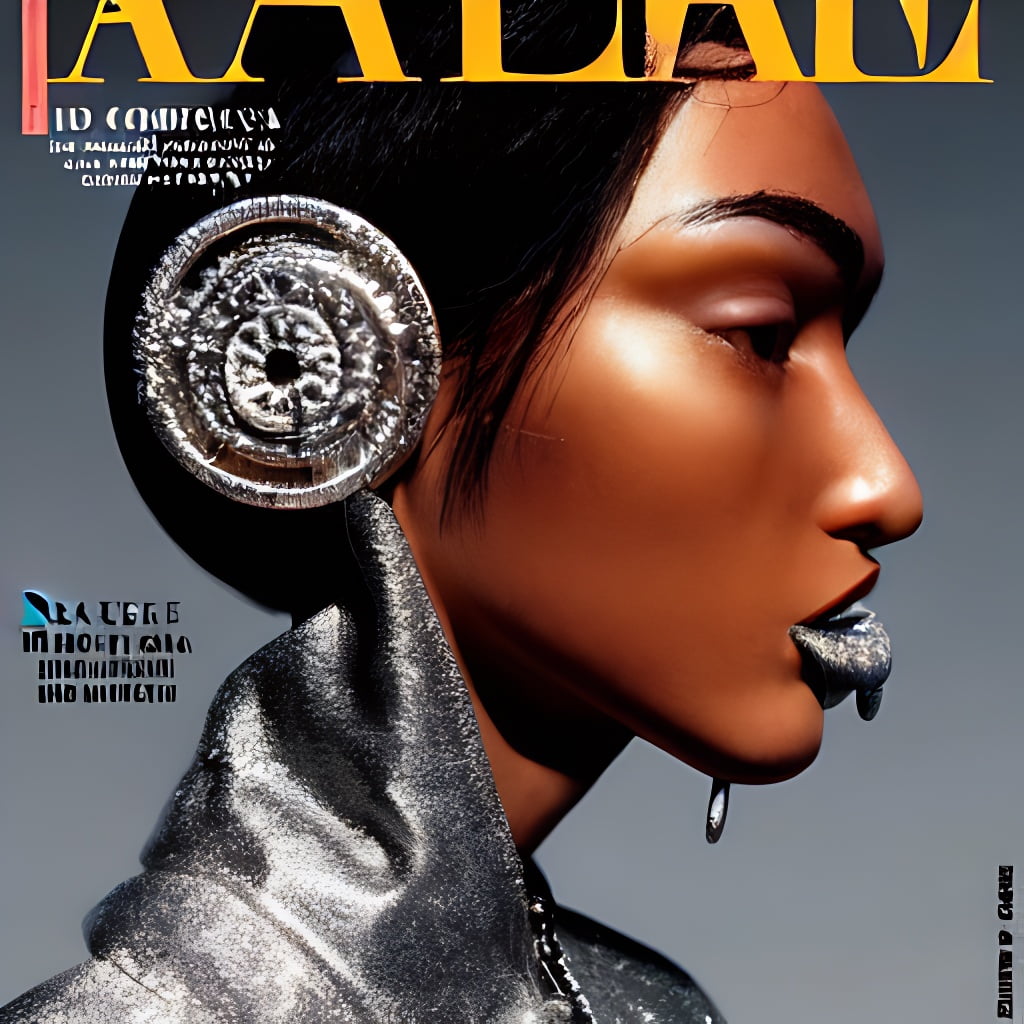
Once artificially intelligent robots are capable of surpassing -- and even matching -- humans at more than just simple, repetitive, pre-programmed tasks, we are truly on to something. Some experts have said that the more that robots are able to surpass humans, the more humans should expect to be able to keep up. Growth will also mean faster advances in artificial intelligence--things like computer vision and natural-language processing, which can help robots see and learn.
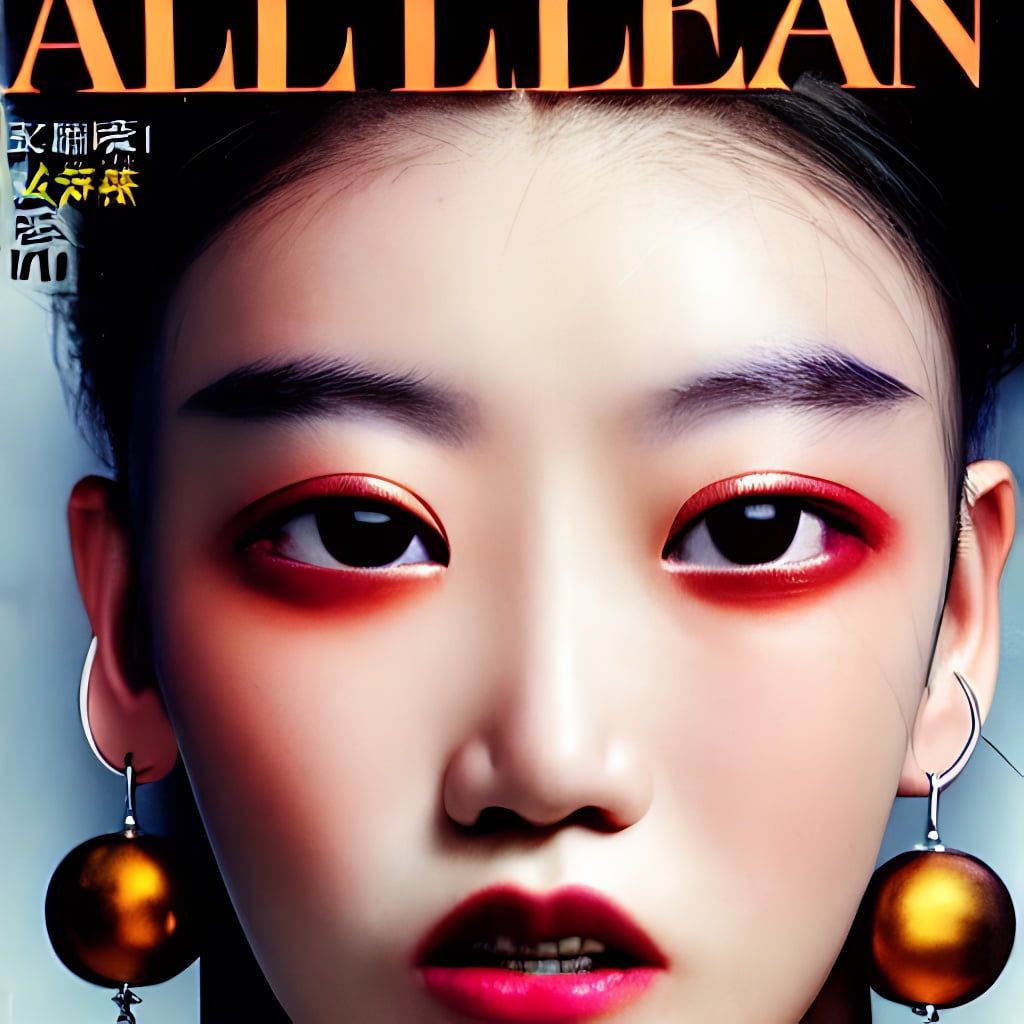
Robots are finally getting smart and physical enough to step outside factories and laboratories to walk between us. Robots are designing, influencing, and wearing fashionable clothing and accessories. Metropolis looks, costumes, and robots are heavily influential in fashion runways.
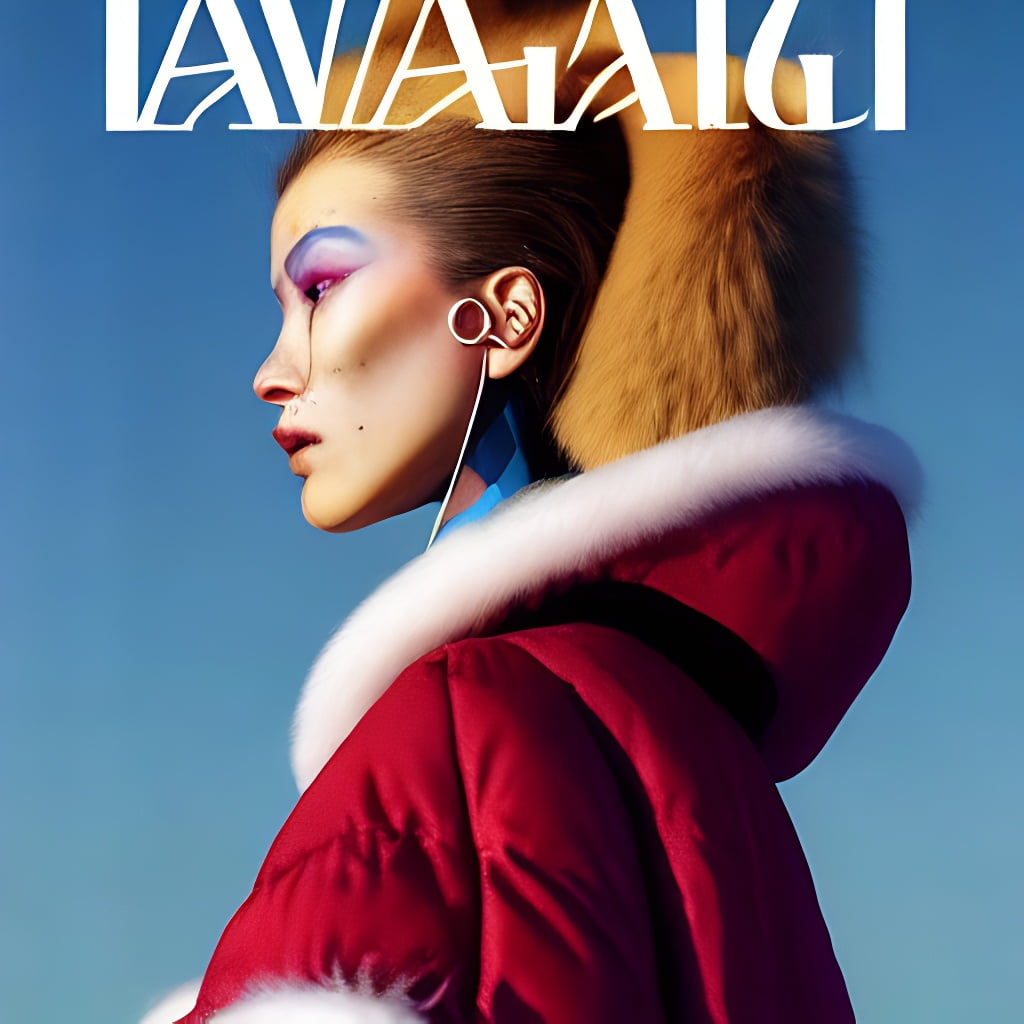
Sophia, a social robot, has been the fashion magazines darling. For many years now, Blanca Lee uses robots in theatrical pieces about the future of humanity. Seven years ago, the Japanese National Institute for Advanced Industrial Science and Technology created a female-looking robot, HRP-4C, aka Miim--it kicked off Tokyo Fashion Week as a model on a catwalk. The fashion top model Shalom would put on a bright white outfit by Alexander McQueen, take a runway walk, then have the outfit sprayed with spray by two industrial robots, right in front of an audience.
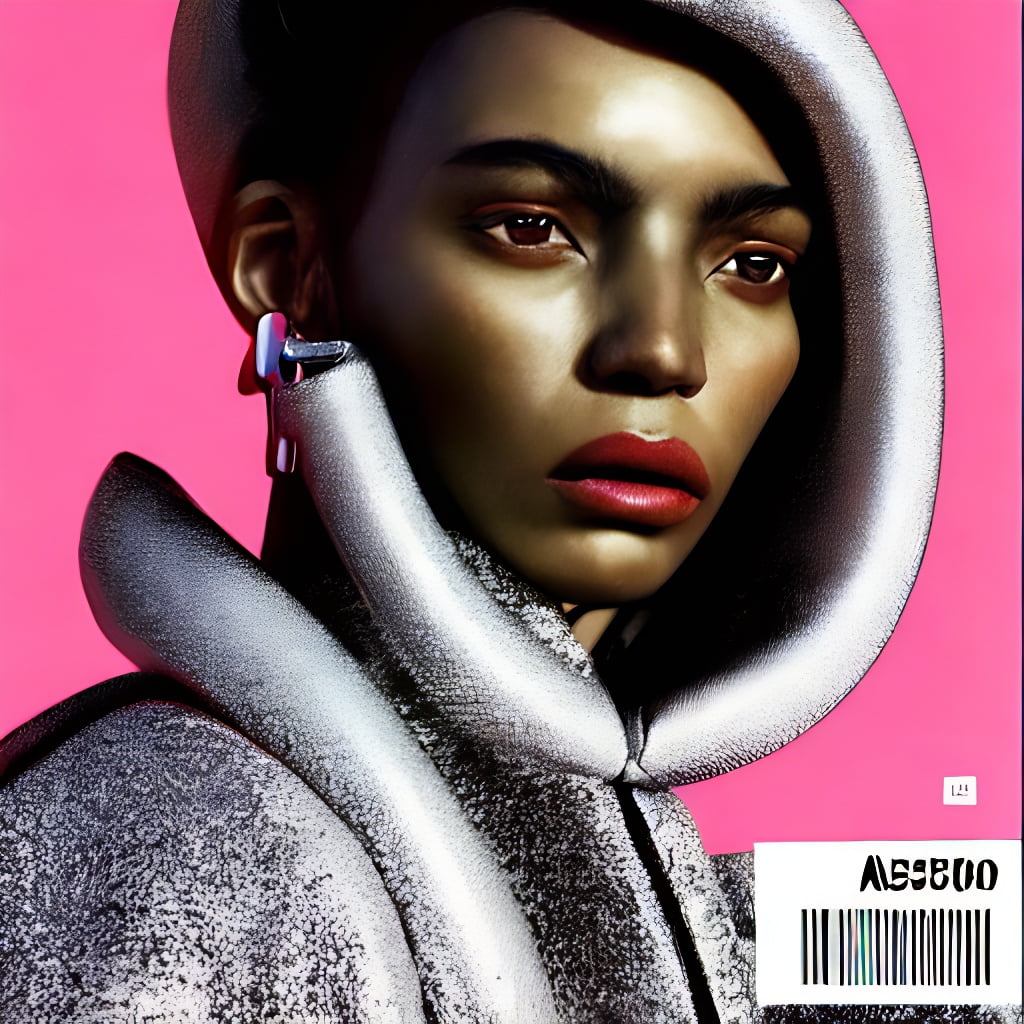
Labs all over the world are training robots to write music, fashion, and produce visual art, including all the images of this RADAR by RED-EYE newsletter, that envision a future memory of print magazines. Advances in soft robotics will see their way into clothing manufacturing in the future. Tomorrow, robots will pick out your clothes, wash them, and give you fashion-flawed tantrums. Algorithms can be used to help obviate biases and snobbery that keep fashion down.
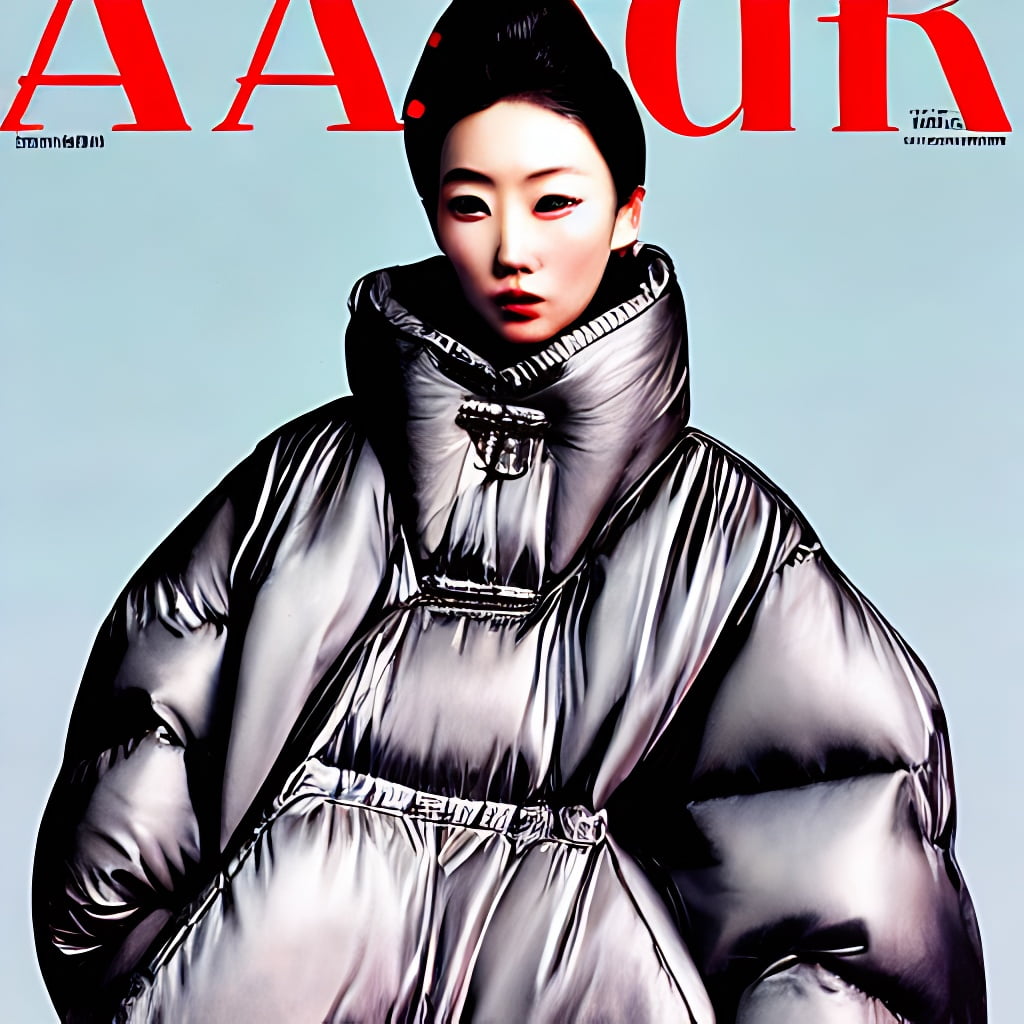
Far from contributing to fast fashions gargantuan output of waste, it is suggested that these kinds of technologies might actually help reduce waste, while stopping the production of styles that do not sell. At a more macro level, it might even enable a brand to forecast wider trends in fashion from the historical data from their whole user base. The Fabricant is one of these: it is the first global digital fashion house, reporting that the use of digital samples in place of physical clothing in design and development phases has drastically reduced the brands carbon footprint by as much as 30%. One of the more apparent uses for AI in this space is using advanced data analytics and machine learning sales forecasting to better predict sales, apparel trends, customer behaviour, and to cut down on unsold clothes every season.
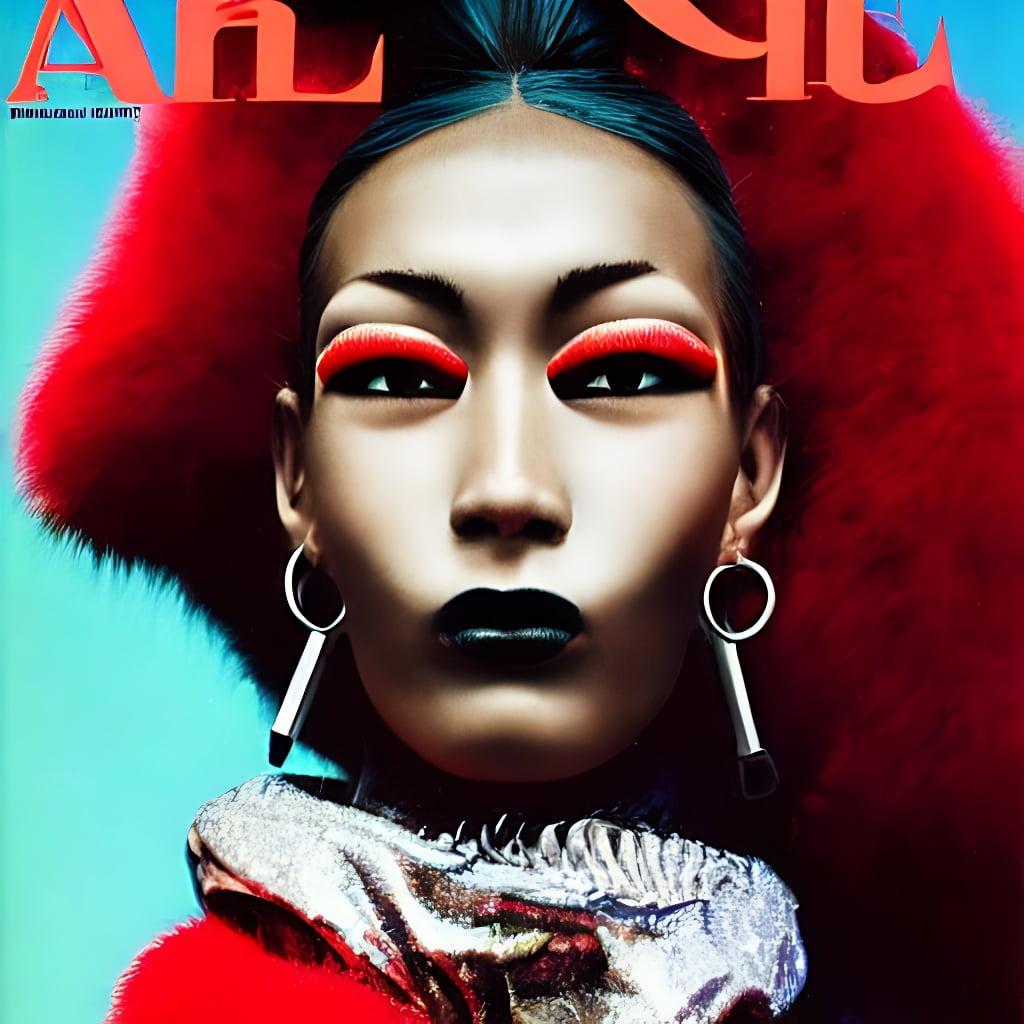
I spoke with Anastasia Edwards-Morel, an expert on three-dimensional fashion design from design firm CLO, who explained that using three-dimensional avatars and software from her firm, the creation process could now take place entirely within a computer. A robot is most likely involved in packing and shipping your latest fashion buy.
Not everyone would receive this kind of retraining, of course, but those that did would likely find themselves in a better position for taking on new types of jobs brought on by the robotics revolution.
We feel the robots coming, imagine them breathing down our necks (unlikely, given their lack of breathing needs, but still), and we are worried about how we are going to compete. At least, some people should worry, others not.
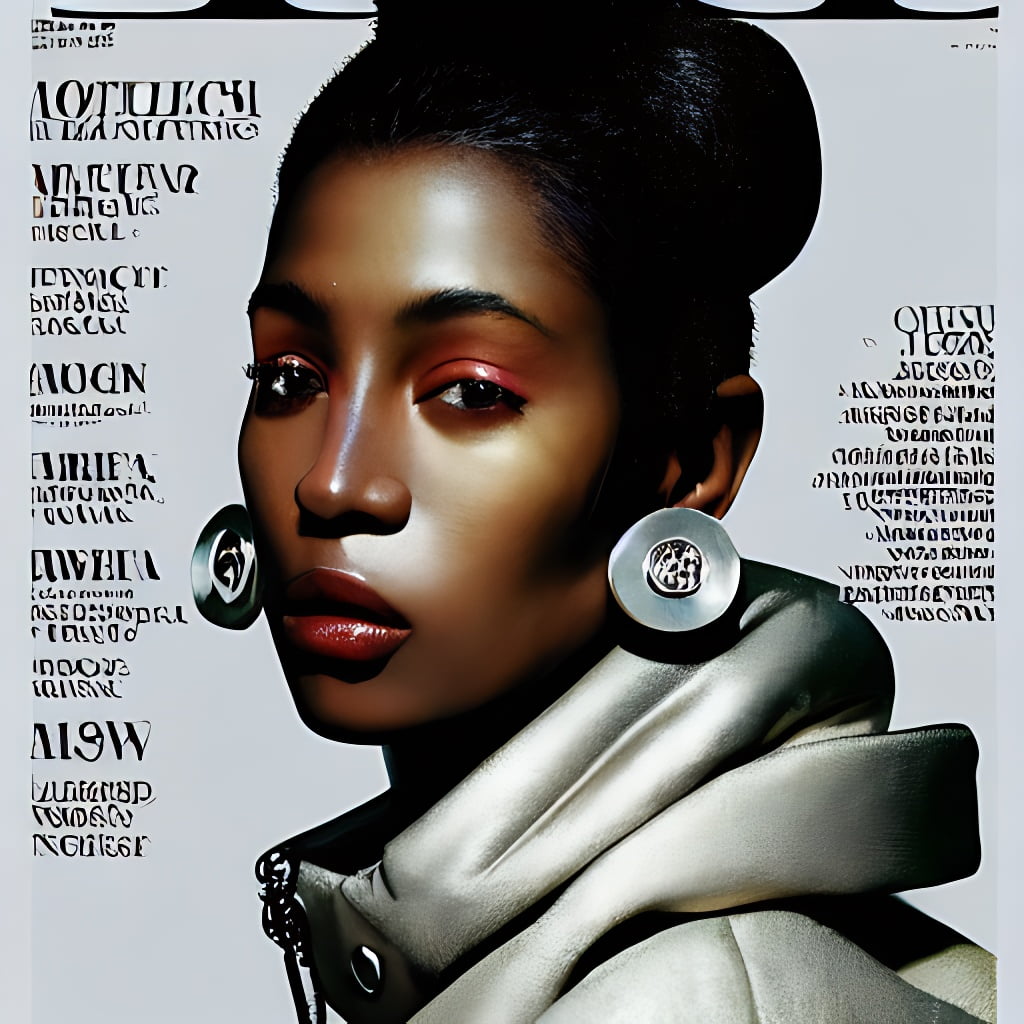
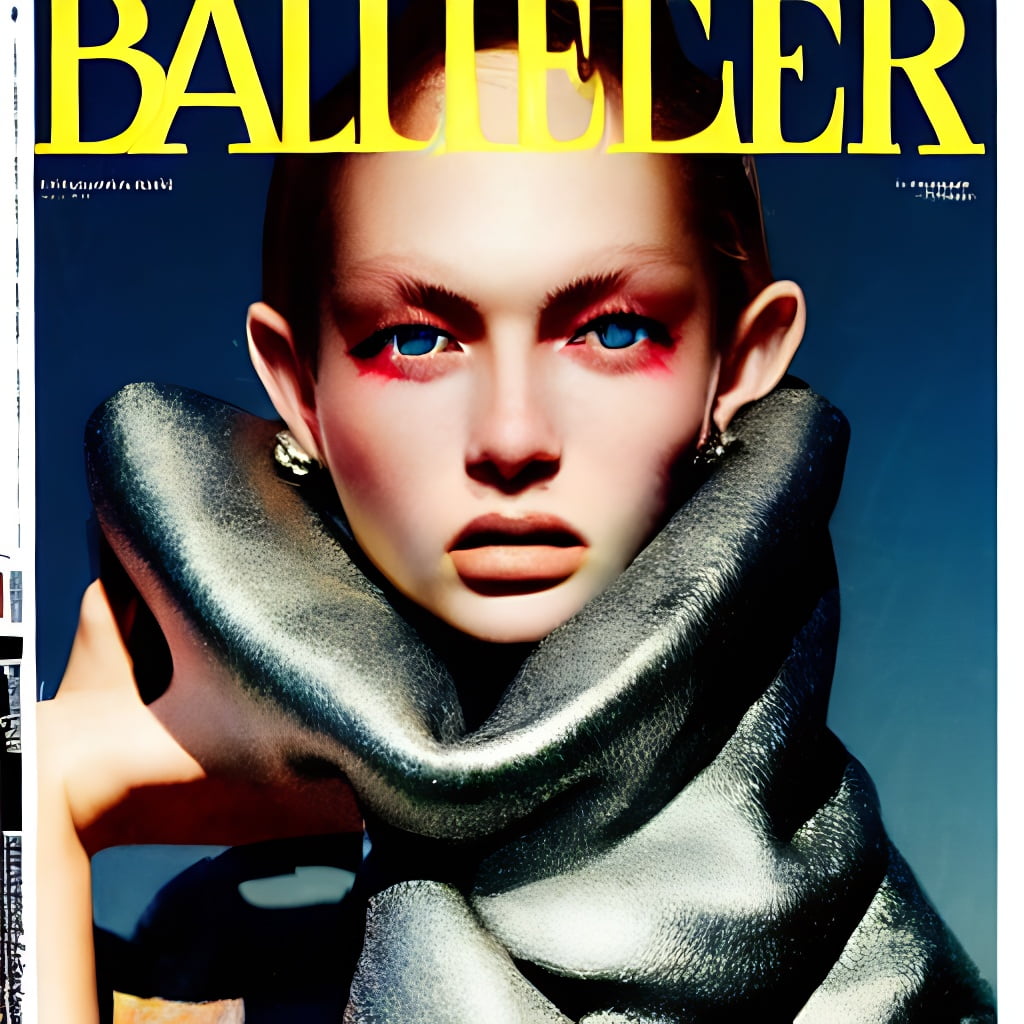
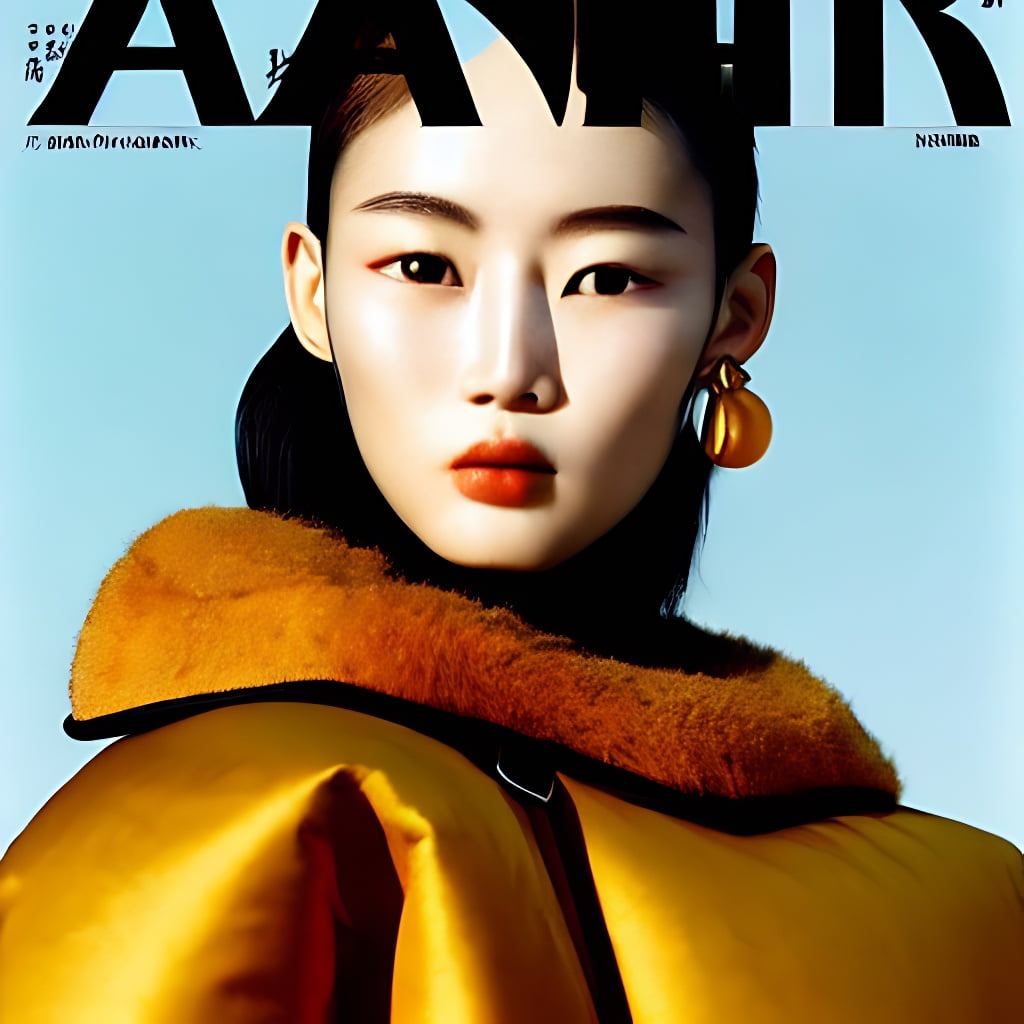
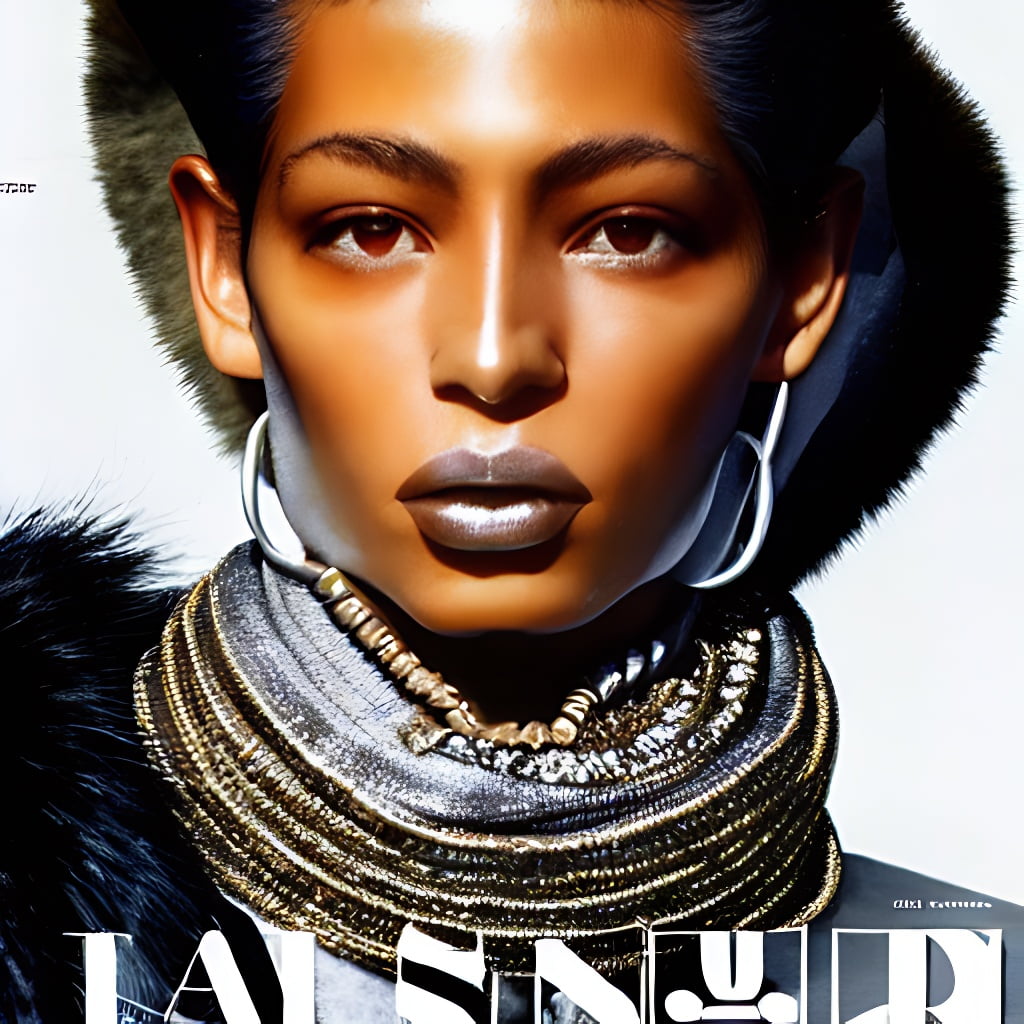

AI-Generated text edited by Gloria Maria Cappelletti, editor in chief, RED-EYE
All images co-created by Donald Gjoka and Stable Diffusion AI Model